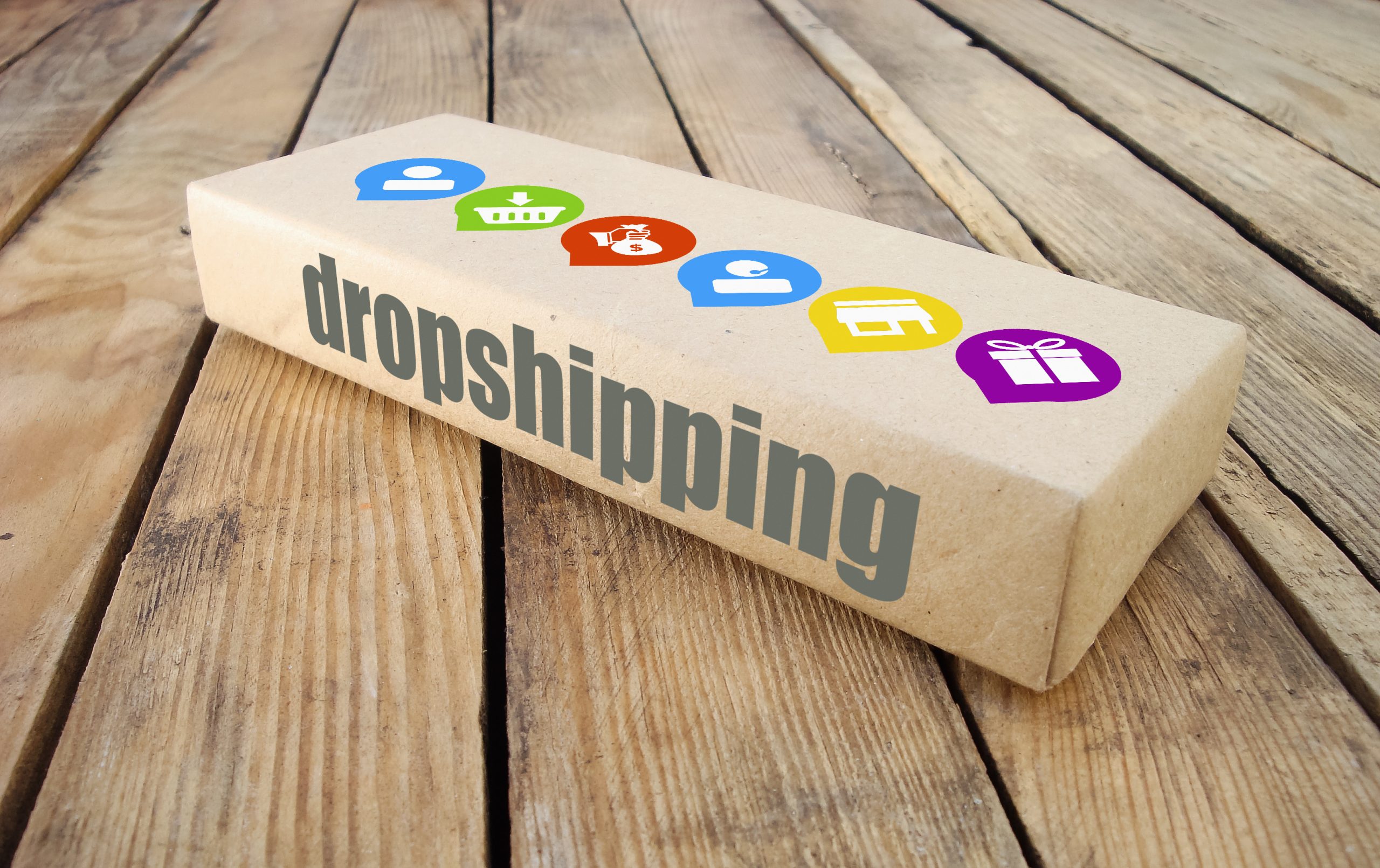Inventory management system requirements
With an increasing focus on efficiency, businesses in the manufacturing space find themselves needing to closely monitor how they use their resources. We’ve broken down the main requirements of inventory management systems to help you make the right call for your venture.

Ioana Neamt

Stop us if you’ve heard this one before, but inventory management is key for a functional business in the manufacturing sector. And no matter how organized you think you are, progressing out of your living room and garage space will eventually have to happen. Pen and paper are a solid basis for any plan or train of thought, but the best inventory management software can push your venture to the next level.
An inventory management system provides the tools for the organizing, sorting, and tracking of materials in the supply chain. The system provides a business with enhanced awareness of manufacturing capabilities, shipping status, and internal production needs and maintenance.
“Ok, well-written Katana blog post, but how do I pick the right inventory management software? Do you have a detailed guide listing the requirements, dos and don’ts to help me out?”
Well, you’re not going to believe this.
What are the key requirements of inventory management systems?
Inventory management platforms are expected to provide a fairly clear set of functionalities and characteristics:
- Inventory management
- Inventory tracking
- Effective transfer management
- Purchasing functions
- Logistics functions
- Data packaging
- Mobile support
- Flexible deployment
- Integrations
- Dropshipping
- Forecasting
- Real-time visibility
- JIT
- Ease of use
Below, we break down these inventory management system requirements as we try to get to the core of what makes a platform the right choice.
Inventory management
As basic as it gets, but a software platform should offer inventory management functionality. Businesses need more and more exposure to all processes, and inventory management is essential in the process of adding transparency. This is the first step in supply chain management, and adding this aspect can provide an initial boost to productivity.
Inventory tracking
As we dig a little deeper, the next big feature is keeping track of inventory, using an automatically generated tracking interface upon the release of a receipt or invoice. Depending on the solution, tracking could be done through a serial number, RFID, or a barcode system. Once you have a trackable view of inventory, you can better understand its usage as you slowly gather data regarding its life cycle and status.

Effective transfer management
Managing more inventory in multiple locations can be efficient for businesses if done properly. This is where transfer management comes in. This function allows the shop floor to avoid confusion and package resources together in different processes, allowing for clarity for your workforce, providing key flexibility, and facilitating more productivity and efficient use of materials.
Purchasing functions
A well-tracked inventory means you’re more aware of your needs and potential output, so this next feature helps maximize your business’ potential. Purchasing functions mean that you can set up automated purchasing orders and then track the status of those orders. You can also manage supplier relationships and monitor pricing to make the best decisions for your business.
Logistics functions
A comprehensive inventory management system features functionality in the shipping process. This calls for easy interaction with the company’s distribution system to effortlessly track order fulfillment from placement to delivery. Be on the lookout for platforms that also provide shipping label printing and can integrate well with a carrier API to further enhance the logistics aspect of your business.
Data packaging
The right choice of platform doesn’t just offer transparency and management options for your processes, but it can also help you leverage the ever-increasing dataset that results from them. These datasets can be packaged together to provide further insight into the workings of your business, help you establish KPIs, and leverage them to meet said performance indices.

Mobile support
In order to provide complete flexibility, an inventory management solution should provide cross-platform support. Mobile support, including phone and tablet functionality, can help workers on the shop floor more nimbly monitor inventory needs. That means not being tied to fixed workstations, which can provide around-the-clock monitoring for complete visibility.
Look for something that doesn’t just work on any device but also across operating systems to make sure you’re not tied down to specific hardware needs.
Flexible deployment
You’ll likely notice we’re referencing flexibility quite a number of times in this article. That’s because it’s one of the crucial requirements for inventory management systems. Though some similarities are normal, no two businesses are the same, so how a company operates its system may also vary.
The two major options are on-site deployment and the increasingly-adopted cloud-based solution. While each option has its advantages, the decision should ideally be guided by factors such as stability, scalability, and the pursuit of a consistent inventory management process.
Download the ultimate guide to inventory management
A comprehensive ebook with everything you need to know about inventory management.
Integrations
An advanced inventory management software will enable and encourage multiple integrations with third-party providers. Given how interconnected all of your internal systems are, from procurement to manufacturing and, ultimately, sales and shipping, your business will greatly benefit from integration options and apps. Let’s briefly go over three key integration opportunities.
E-commerce
This is especially useful when running an online store, and you need real-time inventory visibility and an easy system to handle your pipeline and orders. Customers will be much happier when products are delivered quickly, and you will be on top of your stock at all times.
Accounting
Moving further from the sales process, you will need to keep your books in order, and accounting is not something anyone can do. Integrating with an accounting app will make your job much easier and your inventory well-tracked.
API (application programming interface)
This is a more general umbrella for any integration you can establish via an API, and with a leading software provider, the sky’s the limit to how much you can develop. There will likely be an API integration out there to cover any of your business needs.
Dropshipping
This one doesn’t apply to everyone, but if you are running a business with a dropshipping model, your operations need to run extremely smoothly. While you don’t need storage space or have to worry about your inventory, you rely heavily on third parties, and communication here is key. Even if you don’t handle physical inventory directly, your inventory management needs to organize relationships and contacts so you can fulfill your orders at all times.

Demand forecasting
While forecasting might sound like a more advanced feature to have, any business can benefit from such data, no matter the stage it finds itself in. Being able to forecast demand and other consumer trends will enable you to more efficiently manage inventory and boost revenue by seizing opportunities as they arise.
With the right software, you will have access to dashboards and analytics that do a big part of this job for you.
Using past data and current trends, you can optimize your inventory so you’re never caught off guard overstocking or with an inventory too low to meet customer orders. Not only will you increase revenues, but will also keep your clients happy and returning to your business.
Real-time visibility
With real-time visibility, you can ensure that at any given time, you know exactly how much inventory you have, where it’s stored, and how much you need to ship. This is a crucial requirement for inventory management software.
Ultimately, you are fully in control of your stock and can continuously optimize it. Especially if you are handling perishable goods or products that tend to run out of favor quickly, this feature allows you to avoid overstocks or redundancies.
Your staff should have instant access to real-time inventory data no matter where they are, so make sure you look for this in your software selection process.
Just-in-time (JIT) inventory management
If done right, just-in-time inventory management strategies can turn out to be very successful. As the name says, business owners keep stocks at the levels needed to fulfill immediate orders but not more.
Of course, while it comes with great advantages, there are also many risks you need to mitigate.
Inventory management software can help you navigate the challenges of this inventory technique and achieve your goals of decreasing waste and increasing revenues. For success, you need to make sure reorder points are set up right, and you get clear notifications when stockouts might happen. This is where inventory management software will come in handy.
Ease of use
We saved this for last, but we cannot stress this enough. Top inventory management software needs to be easy to use and extremely user-friendly.
Adoption among your staff will also depend on how complex the onboarding process is, and you want to make sure you are not choosing clunky programs that waste time instead of saving it.
While inventory management with all the processes that derive from it is often a complex matter, the role of software should be to make it easy and approachable. So, this is a key requirement for any software system and often trumps many other factors in the selection process.
State of Inventory Management: A Review of Rising Costs
Businesses worldwide have faced challenges from supply chain volatility and may continue to experience hardships going into 2024. Download the report and see how omnichannel selling has helped Katana customers increase sales orders despite economic uncertainty.
How to decide which inventory management system features to choose — Katana can help
Easier said than done, but this one’s on you. We’ve laid out the most important requirements for an inventory management system and, in the process, hopefully, showed you there are immediate as well as long-term benefits in using such a solution.
However, any big business decision, no matter the level or scale of your venture, should be made following an in-depth analysis and internal audit. That way, you’ll know where you stand and understand the main requirements you should target for the health of your business.
Also, be aware that while not immediately obvious, some of these will become helpful down the line, so give yourself the option of having some of these features by selecting a comprehensive inventory management system that will allow for manageable growth.
Katana is a powerful solution for businesses in the manufacturing space, with numerous integrations and flexible deployment models. That includes e-commerce apps like Shopify and WooCommerce and accounting tools like QuickBooks Online and Xero. Contact us for a demo if you have any further questions!
Now get out there and get as much transparency into how your business uses inventory and makes your customers happy!

Ioana Neamt
Table of contents
Get inventory trends, news, and tips every month
Get visibility over your sales and stock
Wave goodbye to uncertainty with Katana Cloud Inventory — AI-powered for total inventory control